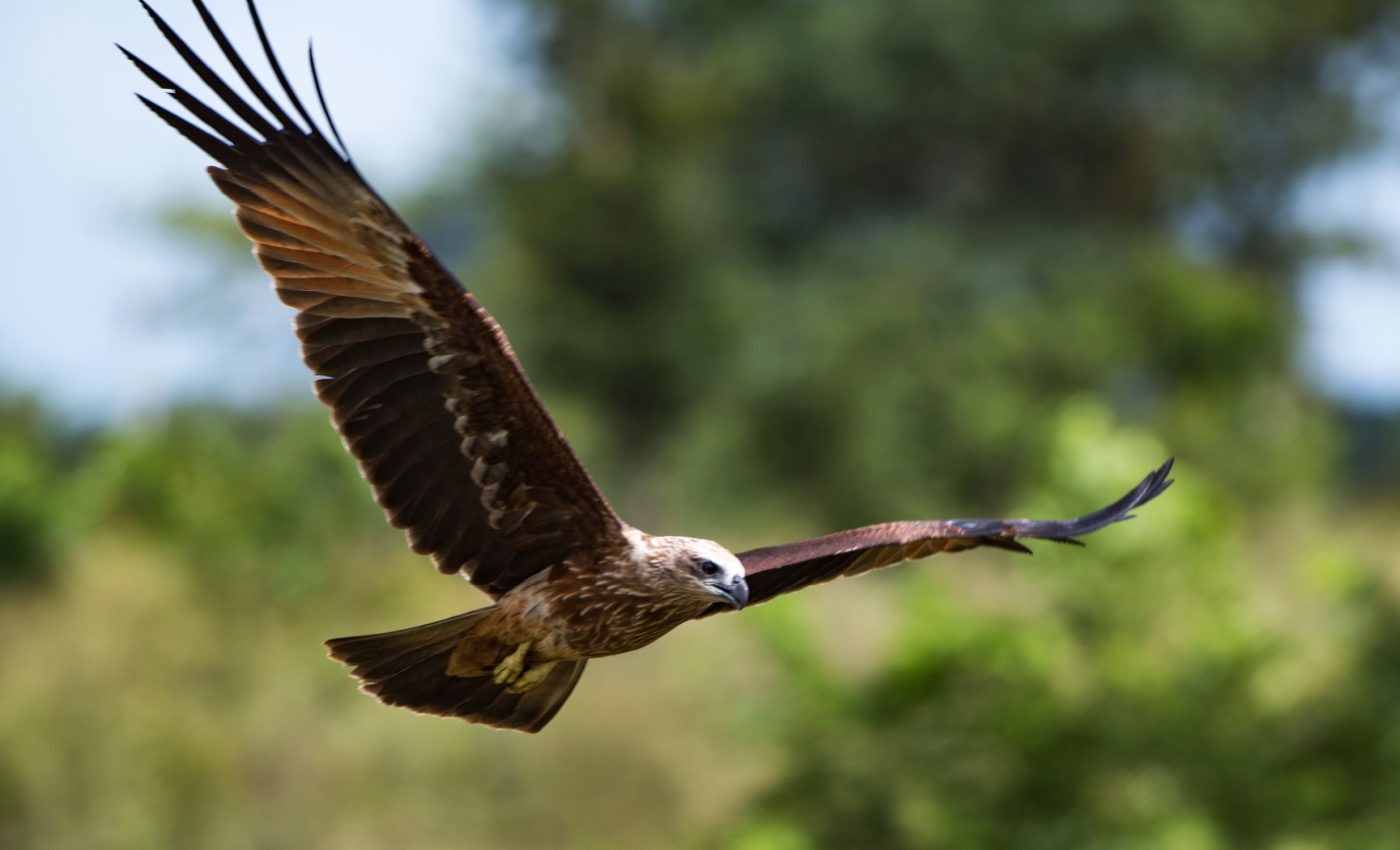
How vultures fly faster in thin air at high altitudes
Mountain hikes serve as a rejuvenating escape from the mundane – the clear views and crisp air acting as a tonic for the soul. But when it comes to vultures, flying at high-altitudes present a unique challenge.
The thin air gracing the mountain highs can reduce the lift that bird wings generate, as Jonathan Rader from the University of North Carolina (UNC) at Chapel Hill, USA, underlines. This naturally makes it more complex for them to remain afloat. But ever wondered why this doesn’t douse their spirits?
Vultures flying at high altitudes
From bar-headed geese and cranes to bar-tailed godwits, birds have marked altitude records of 6,000 m and beyond. The question is – how do they pull this off when thin air barely provides any lift?
A plausible theory points to high-altitude birds flying faster to counterbalance lower air density. However, this theory hadn’t been tested on birds that inhabit a vast range of altitudes – right from sea level to towering summits.
Turkey vultures: High-flying experts
“Turkey vultures are common through North America and inhabit an elevation range of more than 3,000 m,” says Rader.
Their mission? To confirm if turkey vultures (Cathartes aura) living at different heights fly at varying speeds subject to their altitude. The findings agreed with the hypothesis – turkey vultures certainly fly faster at altitude, offsetting the lower lift due to the thin air.
Study’s flight plan
The team began by filming vultures flying at a local refuse site in Orange County (80 m above sea level). They then shifted their base to Wyoming, observing birds at Alcova (1,600 m) and finally, the University of Wyoming campus in Laramie (2,200 m).
Armed with three synchronized cameras at each location, they captured the vultures’ end-of-day flights in 3D.
After returning to North Carolina, Rader analyzed the flight data from 2,458 recorded flights, calculating their airspeed which ranged between 8.7 and 13.24 m/s. The air density at each location, derived from local air pressure readings, showed a 27% change from 0.89 kg/m3 at Laramie to 1.227 kg/m3 at Chapel Hill.
When the recorded air densities were plotted against the birds’ airspeeds on a graph, data suggested that the vultures flying at 2,200m in Laramie were generally flying approximately 1m/s faster than their counterparts in Chapel Hill.
Implications for conservation
Understanding the flight dynamics of turkey vultures at high altitudes can yield significant insights for conservation efforts.
As these birds are often viewed as scavengers – playing a critical role in ecosystems by cleaning up carrion – a deeper comprehension of their adaptability to varying altitudes may help inform habitat preservation strategies.
By identifying specific elevation preferences and flight behaviors, conservationists can create targeted measures to protect their nesting sites and ensure the sustainability of their populations in an ever-changing environment.
This knowledge is particularly crucial in light of climate change, as shifting weather patterns may alter their available habitats and food sources.
Broader avian context
While the turkey vulture serves as a model for understanding high-altitude avian flight, it opens a broader inquiry into the adaptations of other bird species that thrive in mountainous terrains.
The study encourages further examination of physiological and behavioural traits that enable birds like the Tibetan snowcock and the Andean condor to navigate the challenges posed by their environments.
Whether through specialized wing structures, metabolic adaptations, or unique migratory behaviours, such investigations not only enhance our knowledge of avian biology but also contribute to the preservation of biodiversity in high-altitude ecosystems worldwide.
By fostering this comprehensive approach, researchers can better articulate the interconnectedness of species and the importance of the environments they inhabit.
Mystery of vulture’s flying speeds
Delving deeper into the flight recordings, Rader was searching for signs of increased flapping which could explain the higher flying speeds.
But interestingly, the high-altitude vultures were not flapping their wings any more than the sea-level birds. Instead, it seems that the vultures at 2,200 m were flying faster merely because of the reduced drag in thin air, allowing them to maintain their speeds and stay aloft despite generating less lift in the low-density air.
In the world of avian aerodynamics, it seems the turkey vultures have cracked the altitude code, adapting perfectly to their high-flying lifestyle. And who knows? Perhaps, understanding this natural phenomenon could inspire new heights in human aviation technology too!
The study is published in the Journal of Experimental Biology.
—–
Like what you read? Subscribe to our newsletter for engaging articles, exclusive content, and the latest updates.
Check us out on EarthSnap, a free app brought to you by Eric Ralls and Earth.com.
—–













